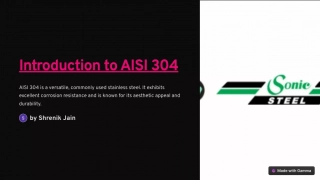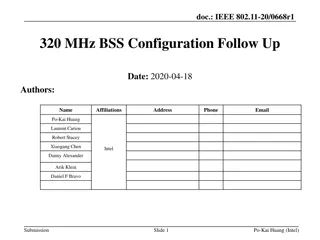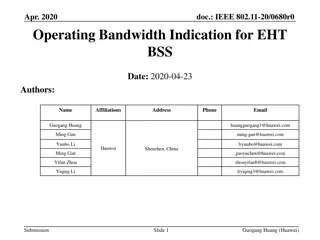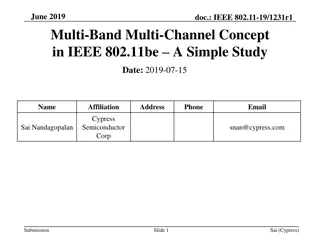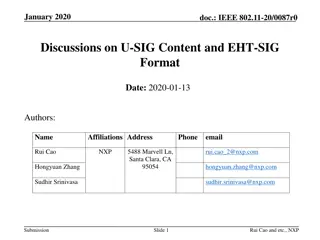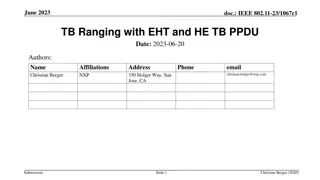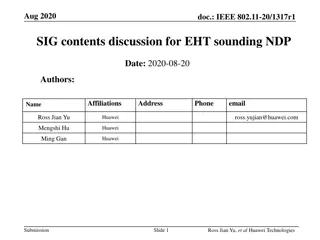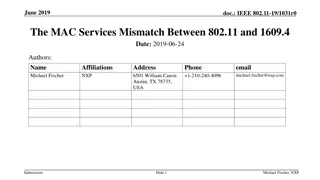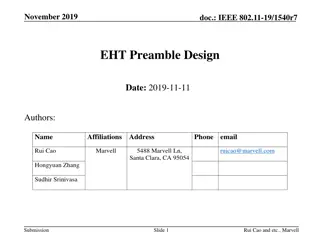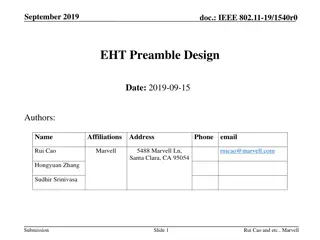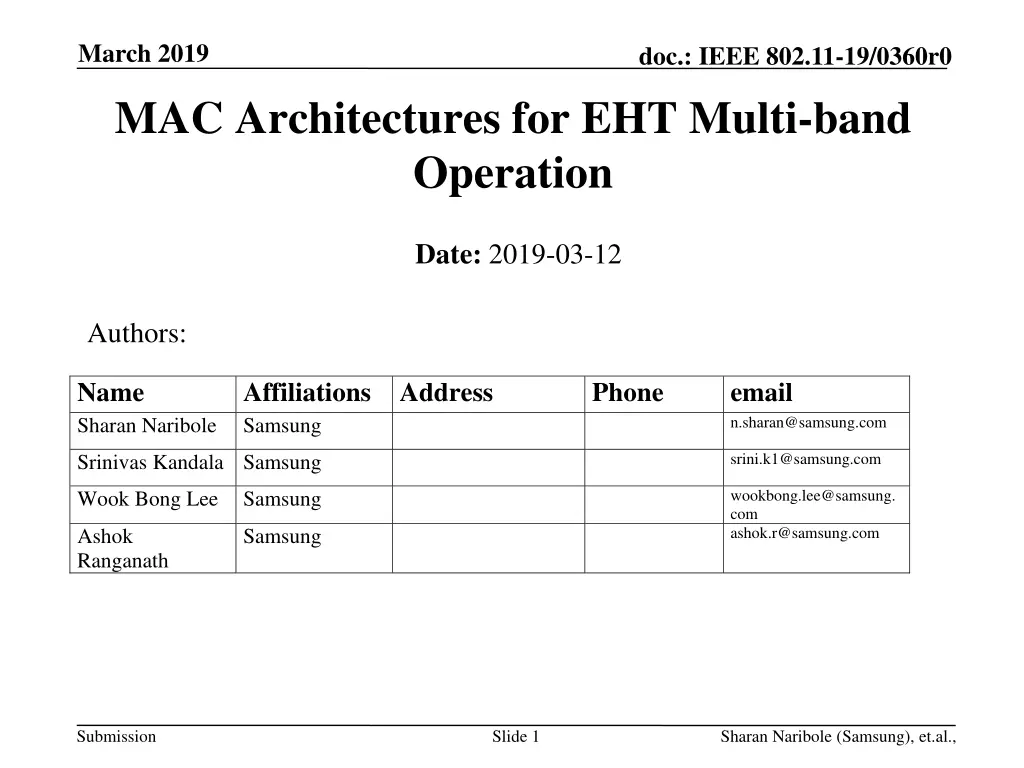
March 2019 MAC Architectures for EHT Multi-Band Operation Overview
Explore the potential architectures for multi-band operation in EHT technology, including Independent MAC, Distributed MAC, and Unified MAC. Discuss the features supported by each architecture and encourage technical contributions on multi-band operation.
Download Presentation

Please find below an Image/Link to download the presentation.
The content on the website is provided AS IS for your information and personal use only. It may not be sold, licensed, or shared on other websites without obtaining consent from the author. If you encounter any issues during the download, it is possible that the publisher has removed the file from their server.
You are allowed to download the files provided on this website for personal or commercial use, subject to the condition that they are used lawfully. All files are the property of their respective owners.
The content on the website is provided AS IS for your information and personal use only. It may not be sold, licensed, or shared on other websites without obtaining consent from the author.
E N D
Presentation Transcript
March 2019 MAC Architectures for EHT Multi-band Operation doc.: IEEE 802.11-19/0360r0 Date: 2019-03-12 Authors: Name Sharan Naribole Affiliations Address Samsung Phone email n.sharan@samsung.com srini.k1@samsung.com Srinivas Kandala Samsung wookbong.lee@samsung. com ashok.r@samsung.com Wook Bong Lee Samsung Ashok Ranganath Samsung Submission Slide 1 Sharan Naribole (Samsung), et.al.,
March 2019 doc.: IEEE 802.11-19/0360r0 Introduction Multi-band Operation One of candidate features discussed in EHT TIG/SG Traffic steering, single association/authentication state, multi-band aggregation, etc. (Appendix) In this presentation, We classify the potential architectures : Independent MAC, Distributed MAC, Unified MAC Review operations that can be supported by these architectures Submission Slide 2 Sharan Naribole (Samsung), et.al.,
March 2019 doc.: IEEE 802.11-19/0360r0 Independent MAC Independent MAC-SAP, association state, MLME, data plane Asynchronous transmission Upper layer link aggregation (e.g. 802.1AX-2014) for load balancing and traffic steering Non-transparent FST [7] Submission Slide 3 Sharan Naribole (Samsung), et.al.,
March 2019 doc.: IEEE 802.11-19/0360r0 Distributed MAC Single MAC-SAP, authentication Shared management info, sequence counter, PN counter, etc. Independent per-band queueing Single association state, Data/MGMT split (e.g. idle mode in band A/active mode in band B, update system information in band A only, etc.) Transparent FST [7] Submission Slide 4 Sharan Naribole (Samsung), et.al.,
March 2019 doc.: IEEE 802.11-19/0360r0 Unified MAC Single MLME and MAC Sublayer Unified queueing Synchronous transmission, MAC retransmissions on other bands, buffer status/ CCA status indications of band A on band B Submission Slide 5 Sharan Naribole (Samsung), et.al.,
March 2019 doc.: IEEE 802.11-19/0360r0 Summary Independent MAC, Distributed MAC, Unified MAC Multi-band operation features supported varies among the architectures Encourage discussion: EHT multi-band device reference model to assist technical contributions on multi-band operation Submission Slide 6 Sharan Naribole (Samsung), et.al.,
March 2019 doc.: IEEE 802.11-19/0360r0 References [1] 11-18/1184r1, Follow up discussions on Throughput Enhancement [2] 11-18/1518r0, EHT Multi-Channel Operation [3] 11-18/1525r1, EHT features for Multi-Band Operation [4] 11-18/1155r1, Multi-AP Enhancement and Multi-Band Operations [5] 11-18/1908r0, Overview of Full Duplex over Multi-Band for EHT [6] 11-19/108r1, Discussion on Multi-Band for EHT [7] IEEE Standard 802.11 -2016 Submission Slide 7 Sharan Naribole (Samsung), et.al.,
March 2019 doc.: IEEE 802.11-19/0360r0 Appendix EHT multi-band operation discussed features [1,2,3,4,5,6] Asynchronous transmission Traffic steering (e.g. AC_VO on band A and AC_BE on band B) FDD (e.g. DL MSDU on band A/ UL MSDU on band B) Single association state/authentication state across the bands Data/MGMT split (e.g. idle mode in band A, active mode in band B, update system information in band A only, etc.) Synchronous transmission MAC retransmissions on other bands Buffer Status/ CCA status reporting of band A on band B Dynamic MPDU duplication for real-time application robustness/latency Submission Slide 8 Sharan Naribole (Samsung), et.al.,

